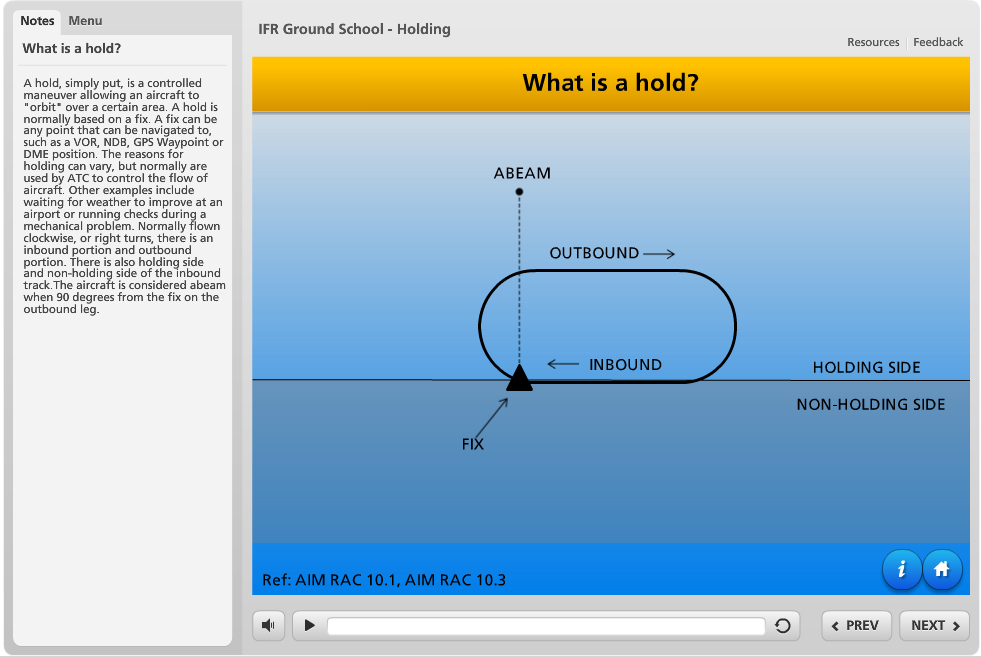NTSB report on Gulfstream IV overrun
The National Transportation Safety Board of the United States recently released the accident report for a Gulfstream IV that overran during a rejected takeoff at Laurence G. Hanscom Field (BED), Bedford, Massachusetts. This was a highly publicized accident because one of the passengers was Lewis Katz.
Based on the NTSB investigation it was determined that the pilots had failed to complete a proper flight control check before takeoff and missed that the control lock was still engaged. It was also discovered, looking at the flight data recorder, that a proper flight control check had not been completed on 98% of the previous 175 takeoffs.
The Gulfstream IV is not designed to allow the movement of power levers beyond 6°. However, the NTSB found that on other Gulfstream IV aircraft the power levers could be moved 3 to 4 times greater than 6°. The pilot flying in this accident was able almost to get the required take-off power needed for takeoff. It was not until the point of rotation that the pilots realized the control lock was still engaged. Ten seconds had passed after first recognition before brakes were applied, and an additional 4 seconds passed before power was reduced. The NTSB found that if the crew had rejected the takeoff correctly within 11 seconds after first recognition of the control lock, the aircraft would have stopped on the paved surface. Unfortunately, the aircraft overran the runway and crashed into a ravine, killing all seven on board.
Two important points from this accident and investigation come to my attention. The first is complacency. Pilots can attest that after hundreds of uneventful flights on the same aircraft type it is easy to become complacent. Instead of reading the checklist, a complacent pilot may read from memory. After a long day of flying, it becomes easy to miss items, making the checklist even more important. The second point is the pressure to get the job done. When you are rolling down the runway, and it becomes apparent that something was missed, even if it may seem insignificant, it is always best to reject. As pilots, we take pride that we can complete tasks safely and efficiently. Calling a rejected takeoff may seem like a failure, cause stress to passengers, and to the schedule, but pilots need to train themselves to put these factors to one side and act on their training. When something does not look right, even if it can be quickly fixed, air on the side of safety.




